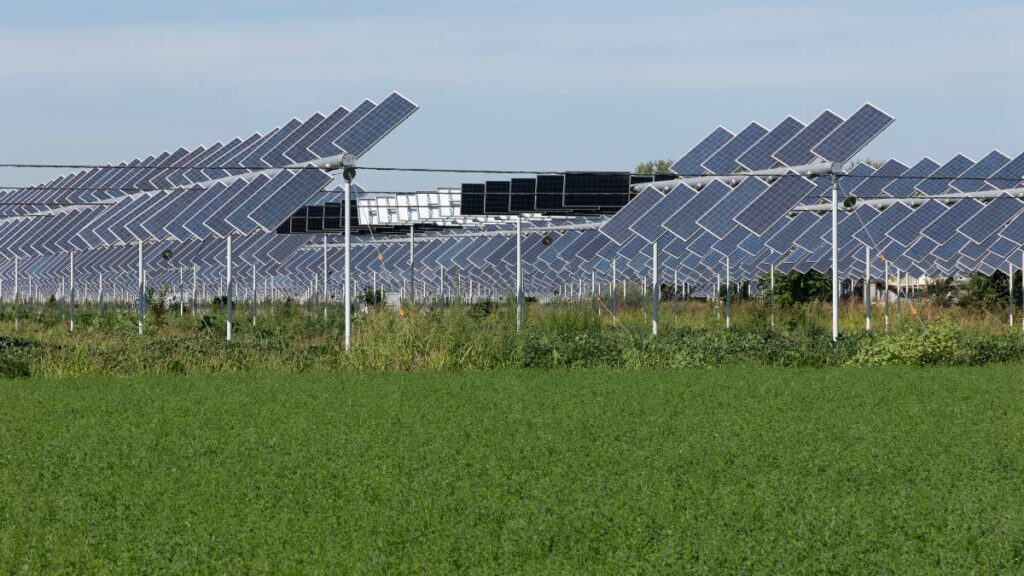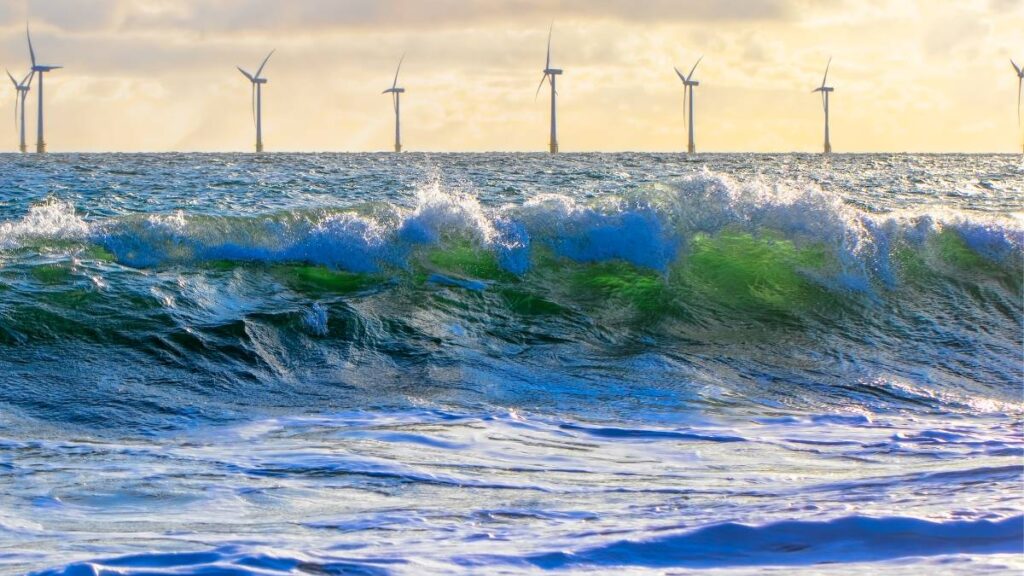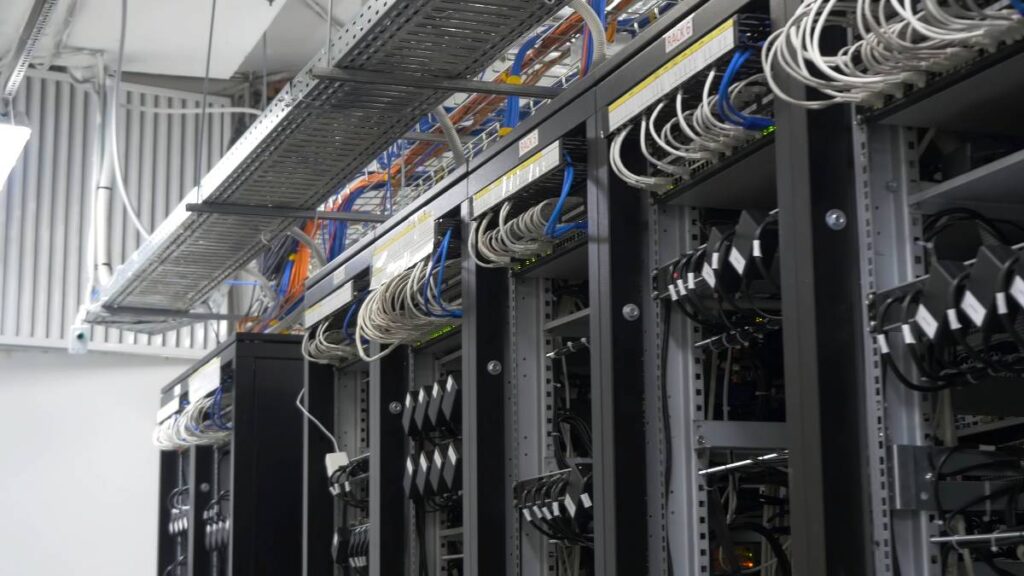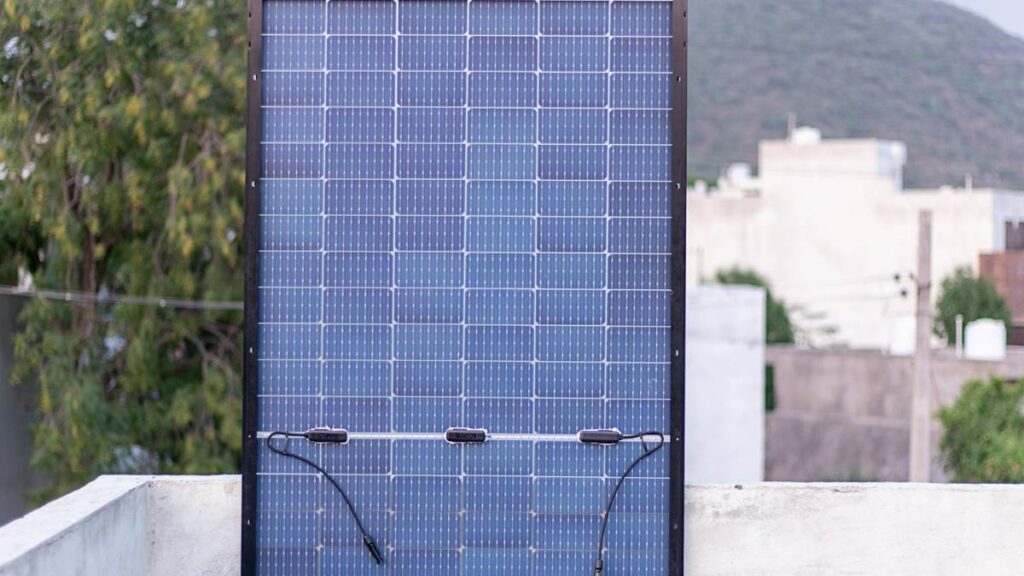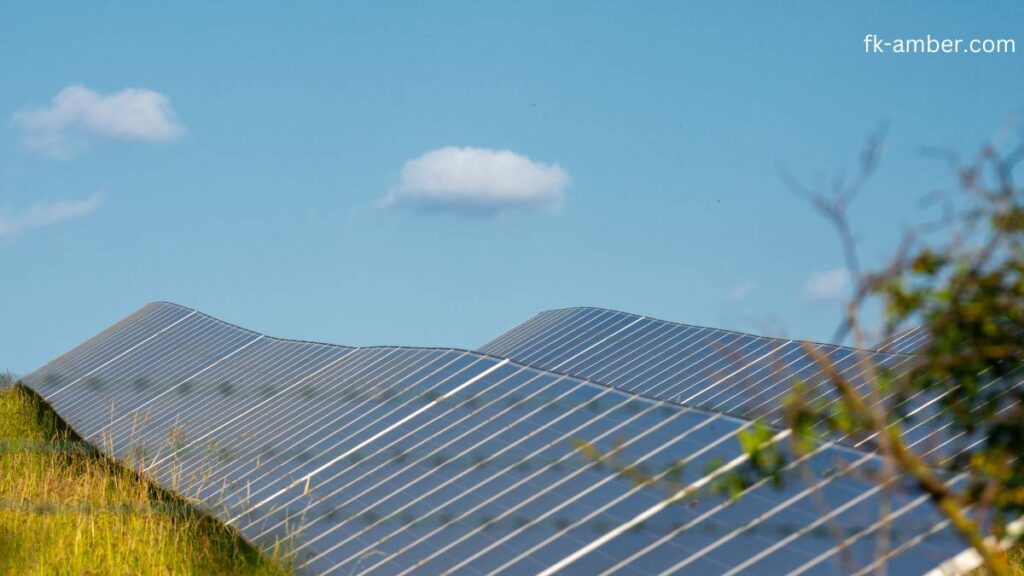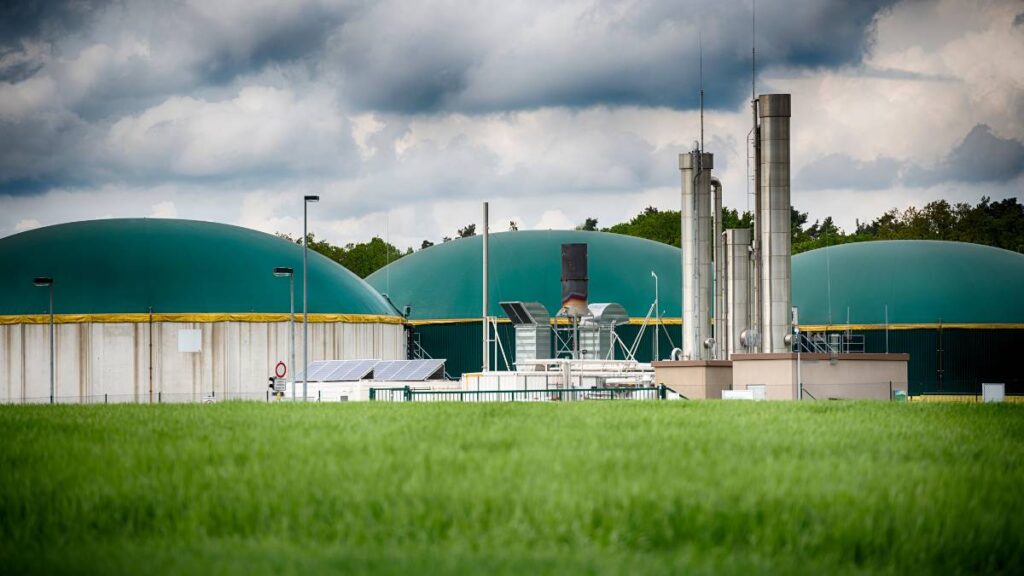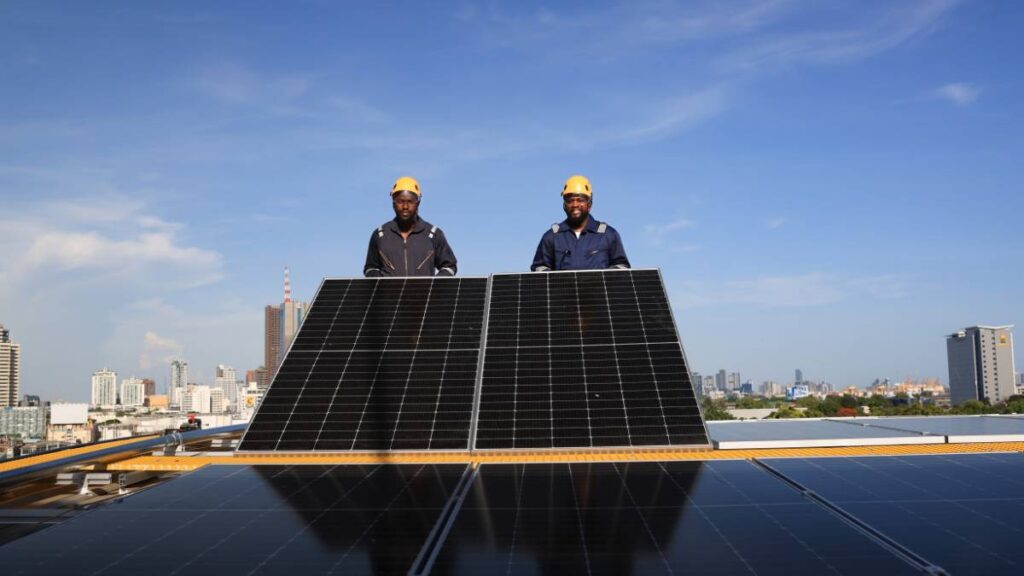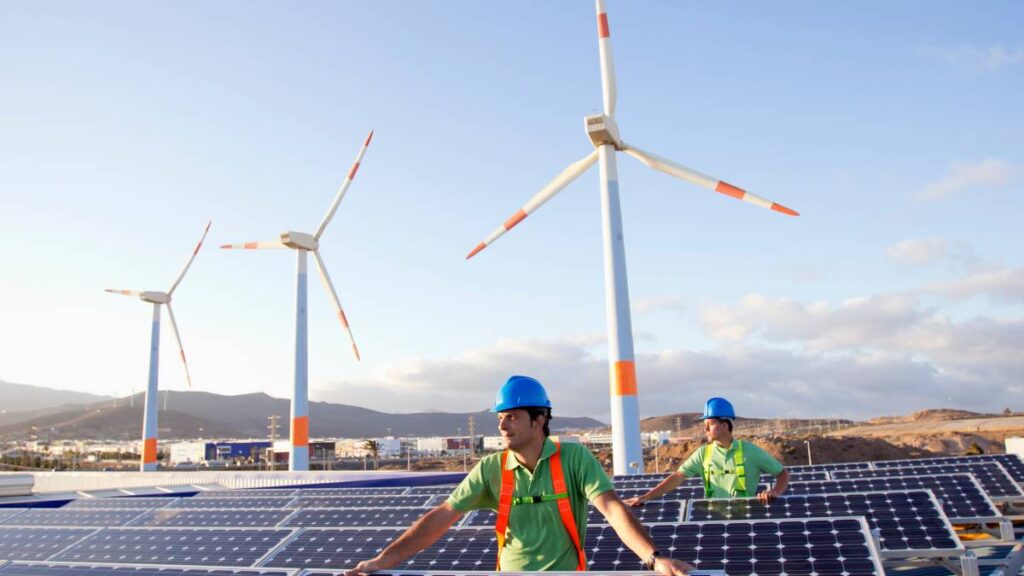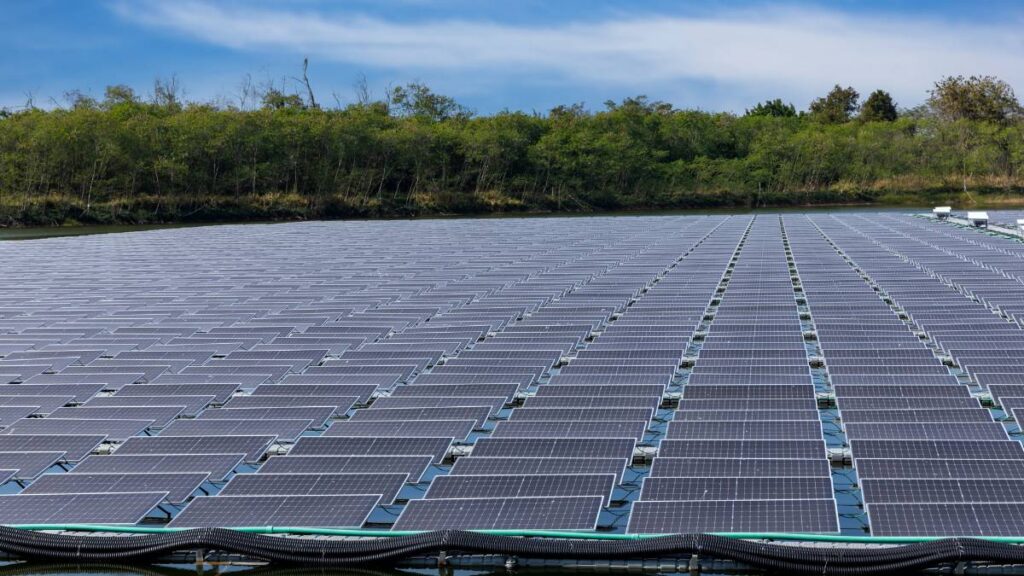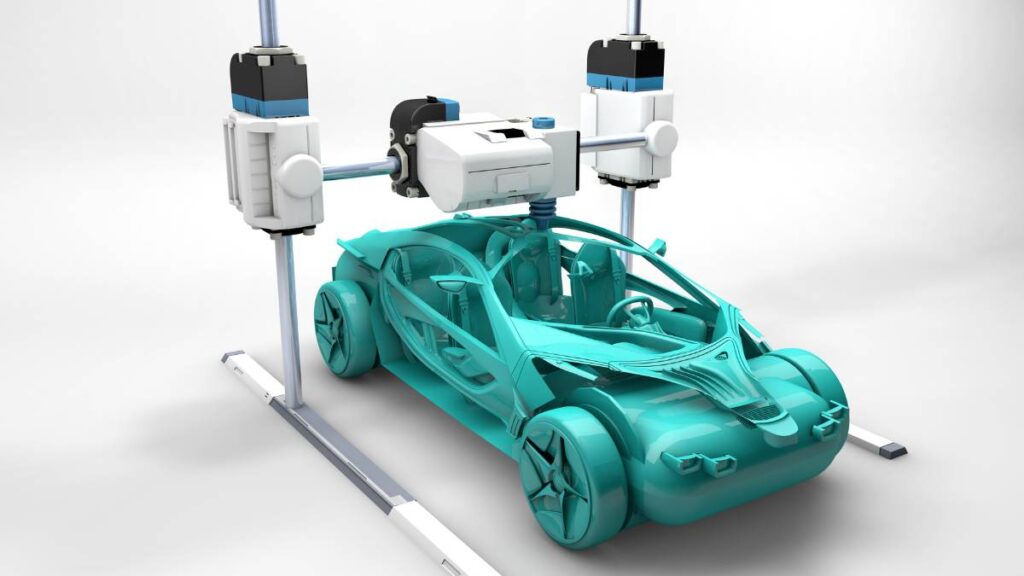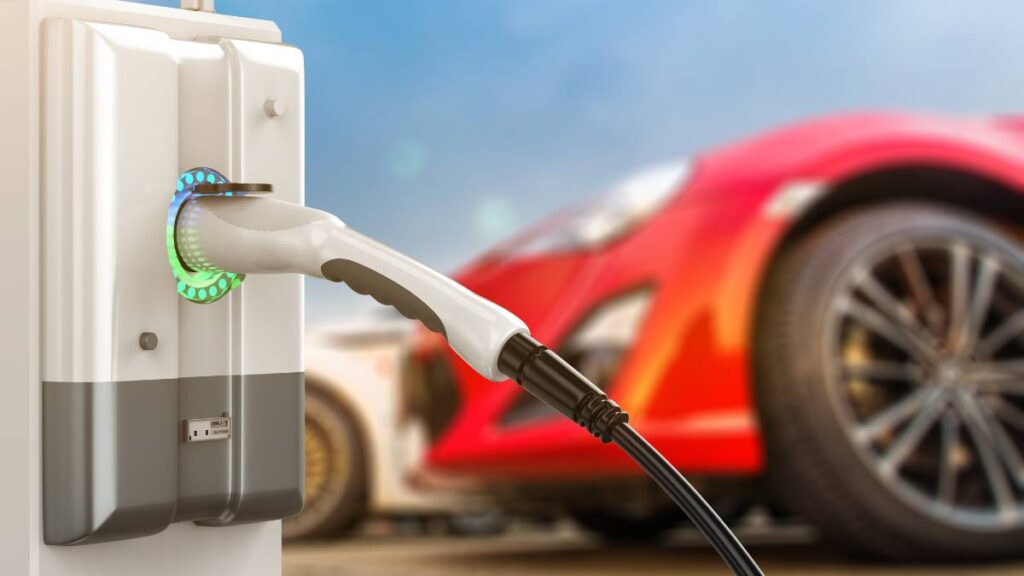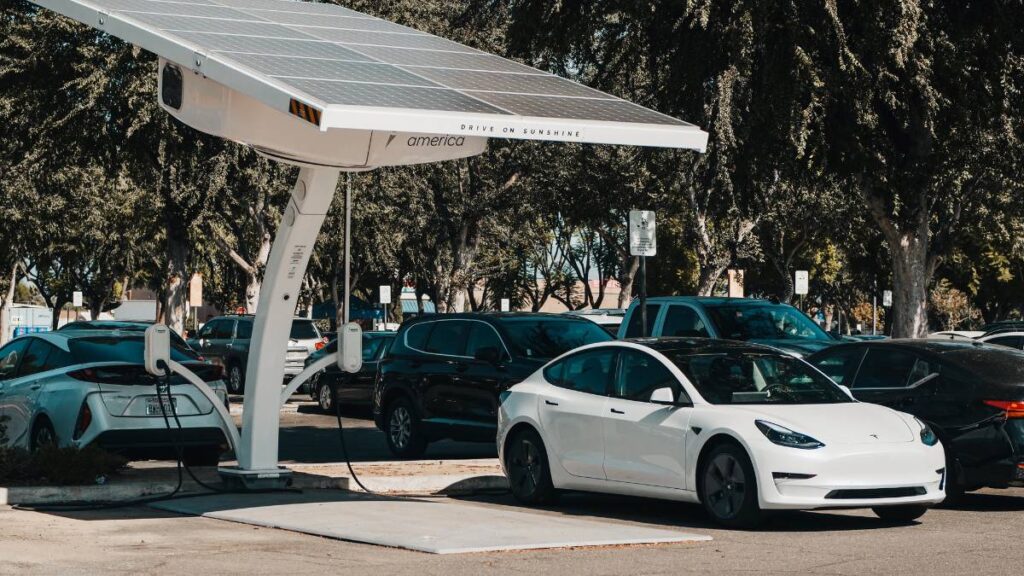Ocean Current Energy: Harnessing the Power of the Deep Blue
Did you know that a single ocean current can carry more energy than all the world’s rivers combined? As the demand for clean and renewable energy grows, ocean current energy is emerging as a promising and underutilized power source. Unlike wind and solar energy, which depend on weather conditions, ocean currents offer a consistent, high-density energy supply with minimal environmental impact. With global energy demands increasing and the transition to net-zero emissions accelerating, ocean current energy could play a crucial role in diversifying the renewable energy mix. Let’s dive into what makes this technology unique, its benefits, challenges, and how it could power the future. What is Ocean Current Energy? Ocean current energy harnesses the kinetic power of continuous water flows to generate electricity. These currents, driven by wind, temperature variations, and the Earth’s rotation, offer a predictable and renewable source of power. Unlike solar or wind energy, which fluctuate based on time of day and weather, ocean currents flow with remarkable consistency, making them a reliable solution for sustainable energy production. According to estimates, the total global power potential of ocean currents is around 5,000 gigawatts (GW), with locations like the Florida Straits exhibiting high energy densities of 1 kW/m². Capturing even a fraction of this energy could significantly contribute to regional and global power grids. How Does Ocean Current Energy Work? Ocean current energy is extracted using advanced marine technologies designed to capture and convert the natural movement of water into electricity. The primary technologies include: 1. Underwater Turbines Similar to wind turbines, these devices are placed on the ocean floor or suspended in strong current zones. As water flows through the turbine blades, it generates electricity that is transferred to onshore grids via subsea cables. 2. Kite Systems These innovative systems consist of underwater kites tethered to the ocean floor. As they glide through the currents, they generate power through a small onboard turbine. 3. Ocean Thermal Energy Conversion (OTEC) While not directly utilizing ocean currents, OTEC leverages the temperature difference between warm surface water and cold deep water to generate electricity. Why Ocean Current Energy? The Key Advantages 1. Reliable and Predictable Power Generation Unlike solar and wind power, which are intermittent, ocean currents flow continuously. This makes ocean current energy a dependable source for baseload electricity generation. 2. High Energy Density Ocean currents pack significantly more energy per square meter than wind or solar power. This means that smaller installations can generate the same or greater amounts of power compared to traditional renewables. 3. Minimal Land Use and Visual Impact Since ocean turbines and kites operate underwater, they do not require large land areas or disrupt landscapes, making them an attractive option for coastal and island regions. 4. Sustainable and Low Carbon Harvesting ocean currents produces zero greenhouse gas emissions and does not deplete natural resources, making it one of the cleanest forms of energy. Challenges and Limitations of Ocean Current Energy Despite its potential, ocean current energy faces technological and economic hurdles that must be addressed before widespread adoption. 1. High Costs and Infrastructure Challenges 2. Limited Geographical Suitability 3. Potential Environmental Concerns Technological Innovations: The Future of Ocean Current Energy To overcome these challenges, researchers and companies are working on cutting-edge advancements to improve efficiency and reduce costs. 1. Next-Gen Turbines with Smart AI Optimization 2. Advanced Materials for Durability 3. Hybrid Energy Solutions Global Progress: Who’s Leading the Charge? 1. United States – Florida Straits 2. Japan – Kuroshio Current 3. Europe – EU’s Marine Energy Roadmap 4. China – South China Sea Conclusion: A Powerful Step Toward a Renewable Future Ocean current energy holds massive potential to become a leading source of renewable energy, thanks to its reliability, high energy density, and sustainability. While there are challenges to overcome, ongoing technological advancements and global investments are paving the way for widespread adoption. As the world accelerates its transition away from fossil fuels, ocean current energy could play a pivotal role in providing stable, clean electricity for future generations. How You Can Support Ocean Energy Growth The ocean’s power is vast—will we harness it to shape a cleaner, greener future?
Ocean Current Energy: Harnessing the Power of the Deep Blue Read More »




